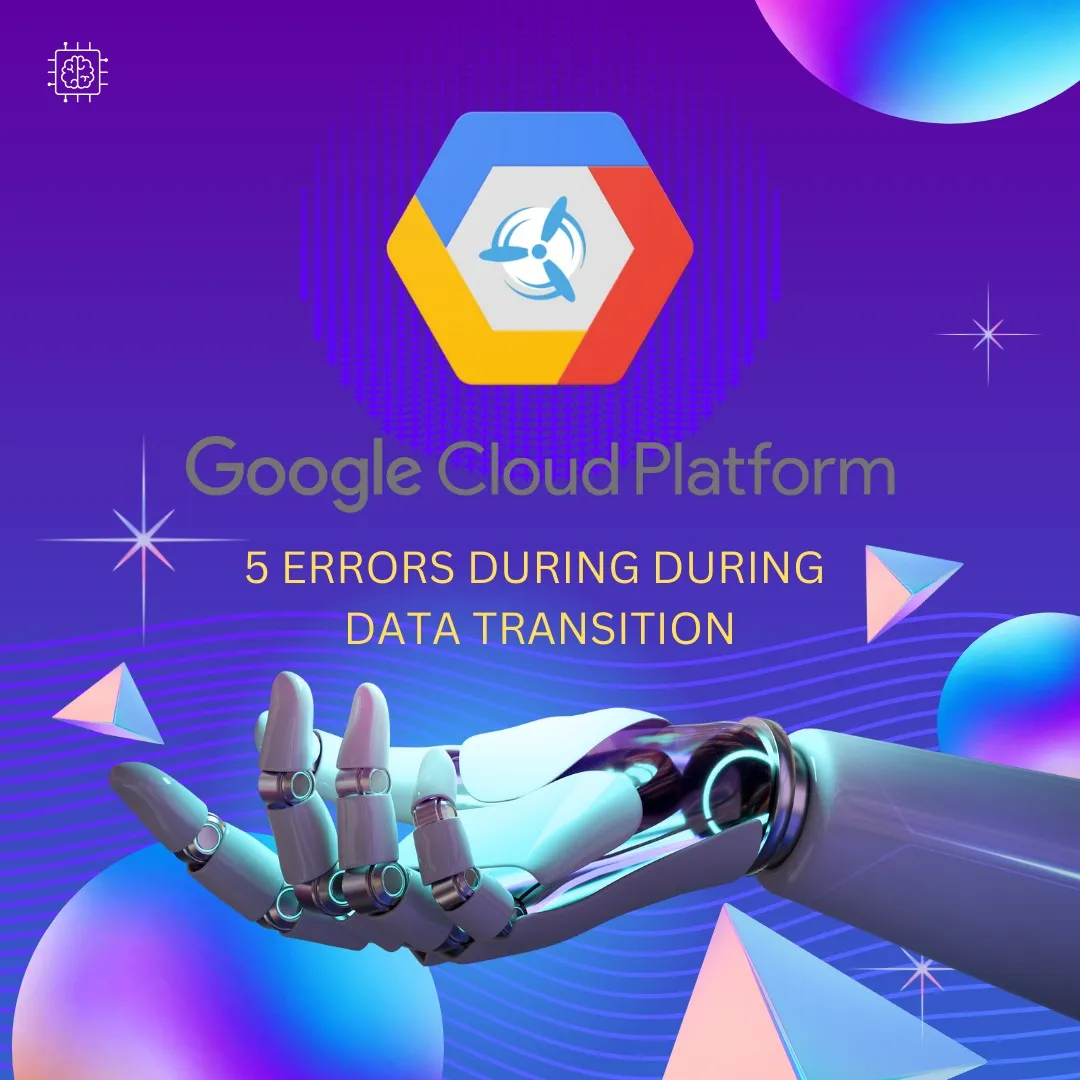
The migration of data to the cloud has become a critical step for companies as it offers various benefits. Primarily, it enhances efficiency, cuts costs, and bolsters security. However, the journey to the cloud isn’t without its challenges. Avoiding pitfalls is essential to ensure a seamless transition. Google Cloud Platform offers a robust infrastructure, advanced services, and tools for data migration. Hence, businesses must understand the best practices, so they can make the difference between a successful migration and a costly misstep. In this blog, you can explore the key mistakes to avoid when transitioning your data to the Google Cloud Platform and how to navigate them effectively.
Proper data storage is the cornerstone of successful data migration. Google Cloud Storage offers a range of storage classes, each tailored to specific access requirements and usage patterns. Failing to choose the appropriate storage class can lead to suboptimal performance, unnecessary costs, and potential data accessibility issues. Understanding the differences between storage classes – standard, nearline, cold line, and archive – is crucial. Depending on the frequency of access and data retention needs, selecting the right class ensures cost-effectiveness and efficient data retrieval.
Data accessibility and latency are essential factors that can impact the performance of your applications. Ensuring that your data is co-located with your tools and applications is essential to minimize latency and enhance efficiency. Whether you’re utilizing a storage class designed for fast access or choosing a region based on user location, strategic decisions regarding data placement can significantly impact your application’s responsiveness.
Modern applications must be prepared to handle fluctuating loads and recover quickly from failures. Neglecting scalability and resilience during data migration can lead to inadequate performance and downtime during critical moments. Utilizing managed services, implementing autoscaling, and setting up predictive analytics can enhance your application’s ability to scale according to demand and quickly recover from any disruptions.
Data breaches and non-compliance issues can have severe consequences for your business. Ignoring compliance and security requirements can leave your data vulnerable to attacks and regulatory violations. With Google Cloud services, you can access built-in data protection features, such as encryption and access controls, to safeguard your data. Regular monitoring, data backup, and encryption practices are essential to maintaining data security and compliance with industry standards.
Efficient management of cloud infrastructure requires treating it as code. By not adopting the Infrastructure as Code (IaC) approach, you miss out on the benefits of automation, consistency, version control, and improved collaboration. Google Cloud provides IaC tools like Deployment Manager, Cloud Shell, and Cloud SDK, allowing you to manage infrastructure resources effectively and maintain synchronization across environments.
Why use Google Cloud for migration?
Google Cloud Hosting is a comprehensive suite of cloud computing services offered by Google, providing an array of tools and resources for efficiently hosting, managing, and deploying applications and services. Leveraging Google’s robust infrastructure empowers businesses and individuals to create, scale, and distribute applications and websites worldwide. Google Cloud Hosting encompasses an extensive spectrum of services, encompassing computing, storage, networking, databases, machine learning, analytics, and more, offering a versatile and powerful platform for modern applications and digital solutions.
Conclusion
Migrating your data to the Google Cloud Platform holds immense potential for optimizing your business operations, reducing costs, and enhancing security. However, avoiding the common mistakes mentioned above is pivotal to realizing these benefits. You can navigate the migration process smoothly by making informed decisions about data storage classes, ensuring data co-location, prioritizing scalability and resilience, complying with security standards, and embracing the IaC approach.
The cloud journey demands a strategic mindset, a clear understanding of your data and application needs, and tools. Google Cloud Platform offers a comprehensive ecosystem designed to facilitate successful data migration. By adhering to best practices and leveraging the capabilities of the Google Cloud Platform, you can transition your data seamlessly and unlock the full potential of cloud computing. Remember, the right preparation, tools, and partners can make all the difference in setting your data migration up for success on the Google Cloud Platform.